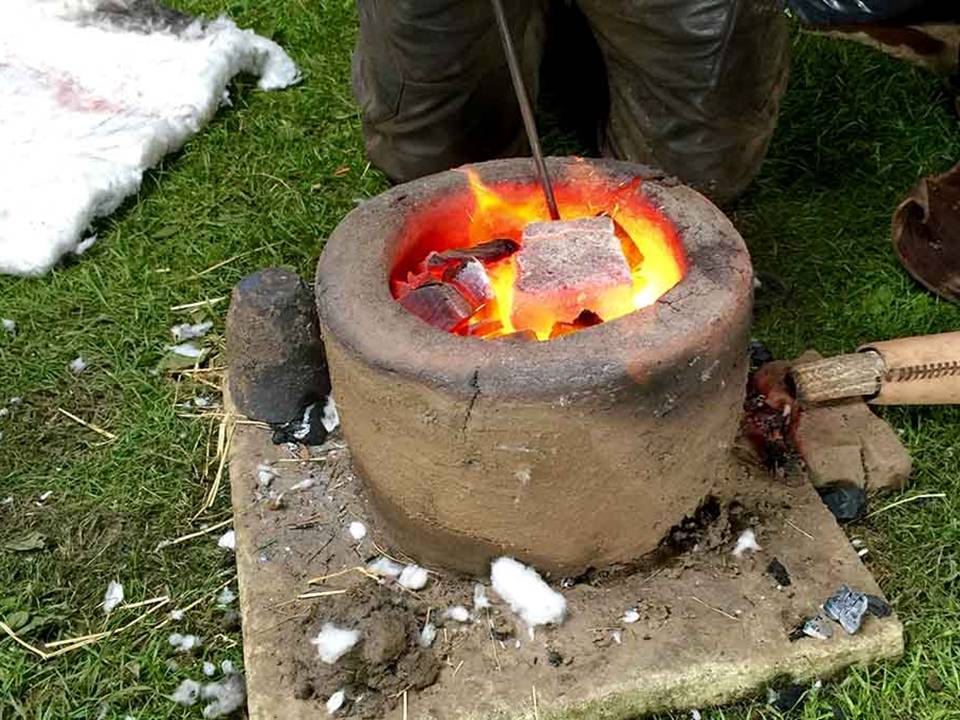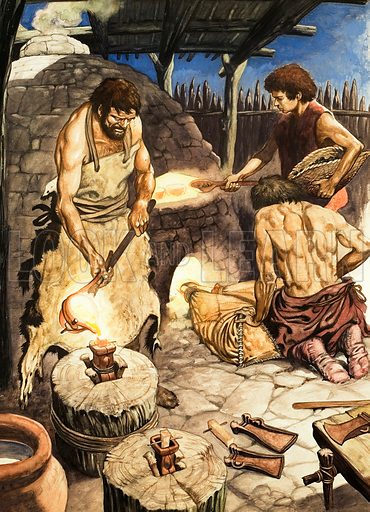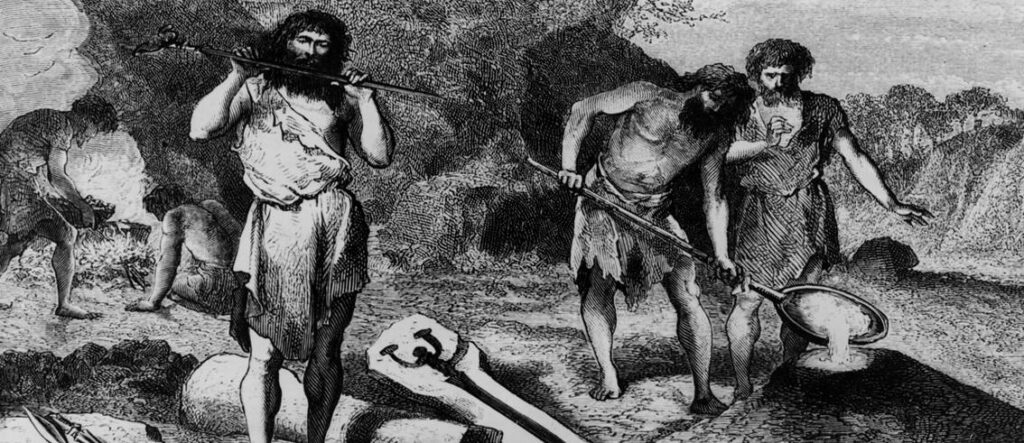The Bronze Age in Cyprus
The Bronze Age, spanning roughly from 3300 to 1200 BCE, marks a significant period in human history characterized by the development and widespread use of bronze, an alloy made primarily of copper and tin. This era followed the Stone Age and preceded the Iron Age, and its advent brought profound changes in society, technology, and culture across various civilizations.
Origins and Development
The Bronze Age began in the Near East, particularly in Mesopotamia (modern-day Iraq), around 3300 BCE. The discovery of bronze revolutionized tool-making and weaponry. Bronze, being harder and more durable than copper or stone, allowed for the creation of more effective tools and weapons, which in turn facilitated advances in agriculture, warfare, and art. The alloy’s development required knowledge of metallurgy, including the extraction of copper and tin from their ores and the precise control of heat to produce the right mixture.
Technological and Societal Impact
The introduction of bronze technology had profound implications for societies during this period. Agriculture became more efficient with the advent of stronger ploughs and tools, leading to surplus food production and the growth of urban centres. The ability to produce better weapons and armour led to changes in warfare, favouring those societies that could access and control bronze production.

Trade networks expanded significantly during the Bronze Age as the demand for copper and tin increased. Civilizations that lacked local sources of these metals established trade routes to acquire them, leading to increased interactions between distant cultures. For instance, the Mediterranean region saw the rise of complex trade networks involving the Minoans, Mycenaeans, and other early European cultures, connecting them with the Near East and Egypt.
Key Civilizations of the Bronze Age
Several notable civilizations rose to prominence during the Bronze Age, each contributing to the period’s legacy in different ways:
Mesopotamia: Often regarded as the cradle of civilization, Mesopotamia saw the emergence of the first city-states, such as Sumer and Akkad. These societies developed early writing systems like cuneiform, complex legal codes, and monumental architecture, such as the ziggurats.
Ancient Egypt: The Egyptian civilization flourished during the Bronze Age, particularly during the Old and Middle Kingdom periods.

The Egyptians made significant advances in architecture, as seen in the construction of the pyramids, and in writing, with the development of hieroglyphs. Bronze tools and weapons also played a crucial role in their military conquests and administrative efficiency.
The Indus Valley Civilization: Located in present-day Pakistan and northwest India, the Indus Valley Civilization was one of the largest and most advanced of its time. It was characterized by well-planned cities like Harappa and Mohenjo-Daro, sophisticated drainage systems, and standardized weights and measures, all indicating a high level of social organization and economic activity.
China: The Chinese Bronze Age began around 2000 BCE with the rise of the Xia and Shang dynasties. The Shang Dynasty, in particular, is known for its advanced bronze casting techniques, which produced intricate ritual vessels and weapons. These artefacts, often inscribed with early Chinese characters, reflect the significance of bronze in religious and military contexts.
The Aegean Civilizations: In the Aegean region, the Minoans on Crete and the Mycenaeans on mainland Greece became prominent Bronze Age cultures. The Minoans are noted for their elaborate palaces, such as Knossos, and their maritime trade. The Mycenaeans, who succeeded the Minoans, are often associated with the Homeric epics and played a central role in the later stages of the Bronze Age in Greece.

Decline and Transition to the Iron Age
The end of the Bronze Age around 1200 BCE was marked by significant upheaval across the Mediterranean and Near East. A combination of factors, including natural disasters, internal strife, and invasions by the so-called “Sea Peoples,” led to the collapse of several major civilizations, including the Mycenaeans, Hittites, and the New Kingdom of Egypt.
This period of decline, often referred to as the Late Bronze Age collapse, set the stage for the transition to the Iron Age. As bronze became scarce and trade networks disintegrated, societies began to experiment with iron, which, although more difficult to work with, was more abundant and ultimately became the dominant material for tools and weapons.
Legacy of the Bronze Age
The Bronze Age laid the foundations for many aspects of modern civilization. It was a period of significant technological, cultural, and social development, as well as one of great connectivity between different cultures through trade and warfare. The achievements of the Bronze Age civilizations in metallurgy, writing, architecture, and governance have had a lasting impact, influencing the subsequent Iron Age and beyond. The era’s legacy is evident in the technological advances, cultural exchanges, and complex societies that shaped the course of human history.


